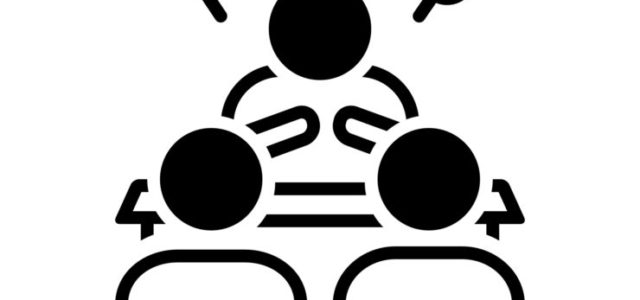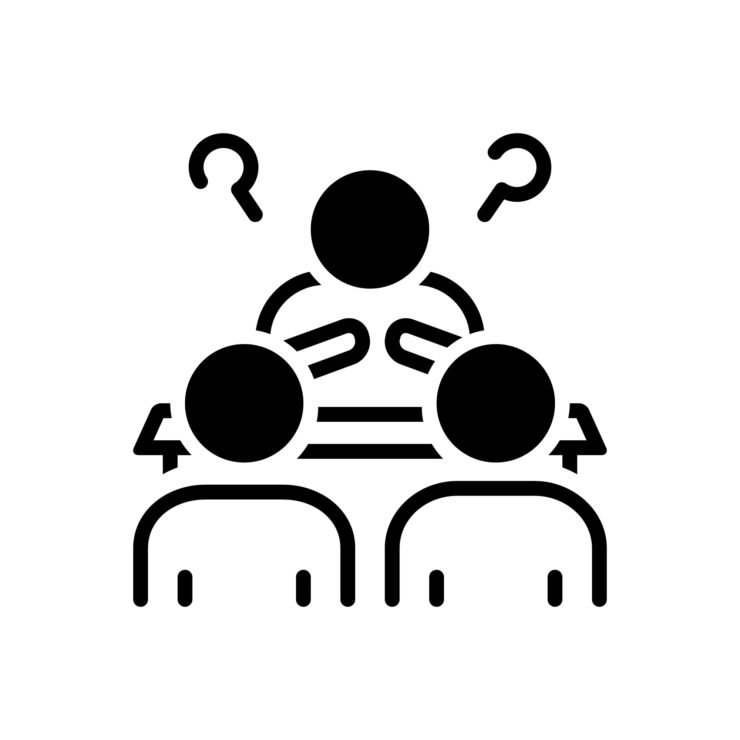Cannabis Patent Litigation: the Presumption of Validity
Uncategorized December 10, 2019 MJ Shareholders

 I recently received an inquiry as to how difficult it would be to invalidate a competitor’s patent in litigation. In short, it’s pretty tough.
I recently received an inquiry as to how difficult it would be to invalidate a competitor’s patent in litigation. In short, it’s pretty tough.
A patent is deemed invalid “if the differences between the subject matter sought to be patented and the prior art are such that the subject matter as a whole would have been obvious at the time the invention was made to a person having ordinary skill in the art to which said subject matter pertains.”
In light of the Supreme Court’s decisions over the years, it’s clear that an infringer asserting the defense of invalidity has high hurdles to overcome due to three considerations:
1. The USPTO examiner having reviewed the prior art, has already made a determination that the patent is not obvious in view of this prior art.
Patents issue only after a pretty extensive examination has been conducted, which includes analysis as to whether the form and content of each application conforms to the applicable laws. Actions taken by agencies of the government are generally granted the presumption of administrative correctness. In this context, that presumption is actually codified into my next point, the existence of 35 U.S.C.A. § 282.
2. Patents are presumed to be valid under 35 U.S.C.A. § 282, so defendants must prove invalidity by clear and convincing evidence.
That section provides, in relevant part:
A patent shall be presumed valid. Each claim of a patent (whether in independent, dependent, or multiple dependent form) shall be presumed valid independently of the validity of other claims; dependent or multiple dependent claims shall be presumed valid even though dependent upon an invalid claim. The burden of establishing invalidity of a patent or any claim thereof shall rest on the party asserting such invalidity.”
Although a nebulous concept, “clear and convincing” evidence has been described as evidence which produces in the mind of the trier of fact an “abiding conviction” that the truth of the factual contentions is highly probable. Translation: it’s the highest burden you could bear. (Note, the statutory presumption of validity attaches to each claim independently of other claims).
3. A federal court will only overturn the district court’s underlying factual determinations under the clearly erroneous standard of review.
The district court will determine the issue of obviousness as a matter of law based on several factual determinations:
- “The scope and content of the prior art”;
- “Differences between the prior art and the claims at issue”;
- “The level of ordinary skill in the pertinent art”; and
- “Such secondary considerations as commercial success, long felt but unsolved needs, failure of others, etc.”
These are usually fact-intensive inquiries, and the higher courts trust that the district court reviewed the evidence carefully. Unless a factual determination is glaringly wrong (which almost never happens), it won’t be questioned.
For more on cannabis patent litigation, check out the following posts:
MJ Shareholders
MJShareholders.com is the largest dedicated financial network and leading corporate communications firm serving the legal cannabis industry. Our network aims to connect public marijuana companies with these focused cannabis audiences across the US and Canada that are critical for growth: Short and long term cannabis investors Active funding sources Mainstream media Business leaders Cannabis consumers








